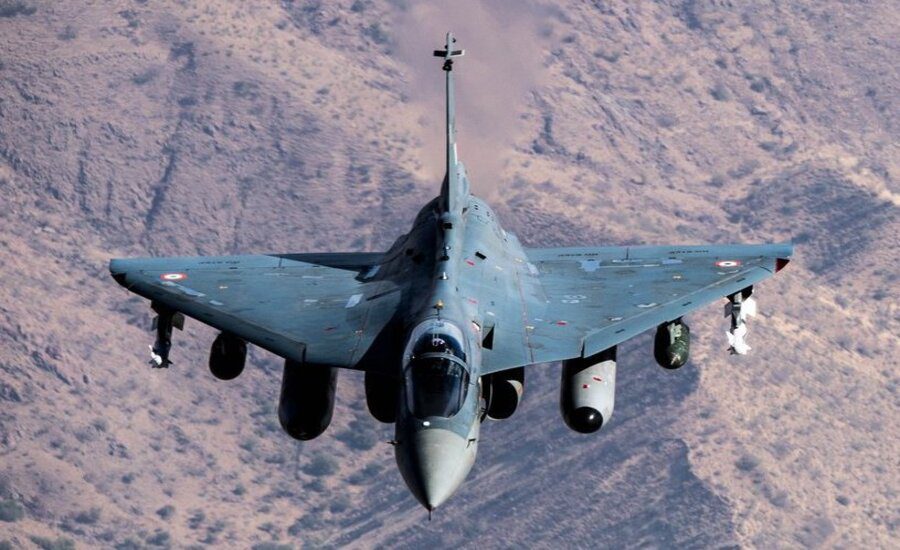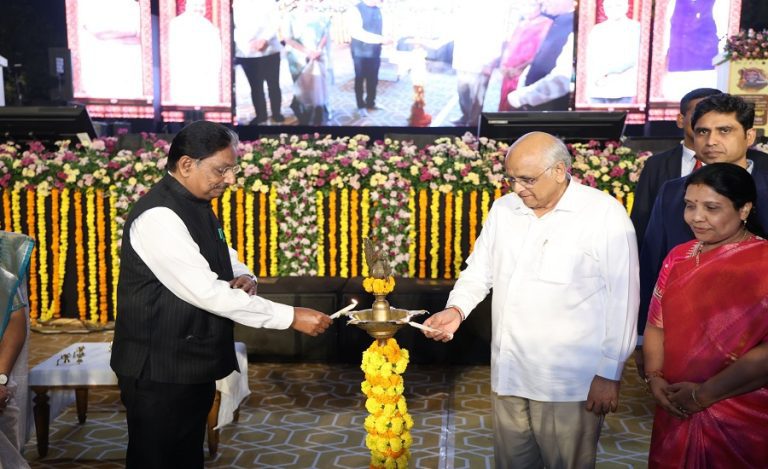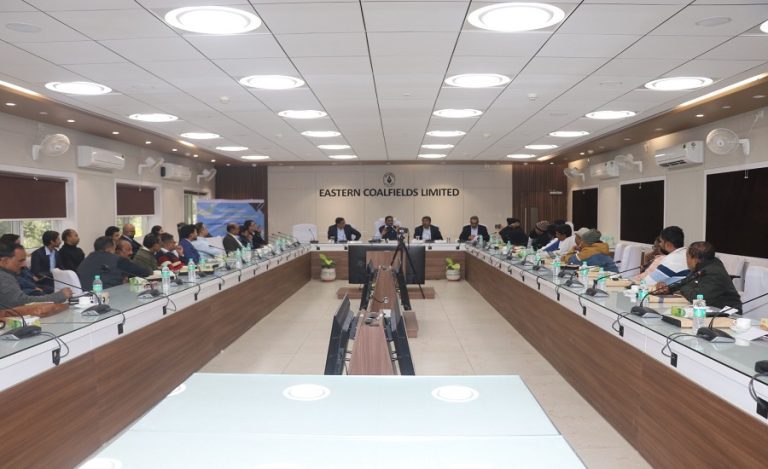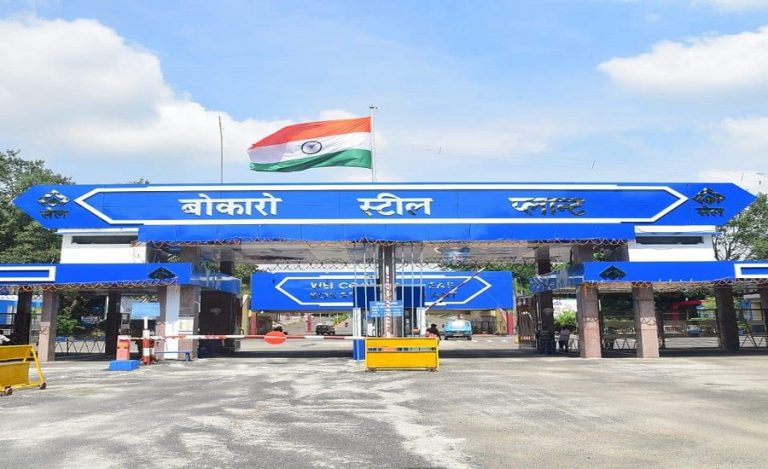India and Brazil are in the advanced stages of negotiating a landmark barter agreement that could significantly bolster their defence cooperation and industrial capabilities. Under the proposed deal, India would supply Brazil with its indigenously manufactured Tejas Mk1A fighter jets and Prachand Light Combat Helicopters (LCH), while Brazil would reciprocate by providing C-390 Millennium multi-role transport aircraft to India.
This potential exchange between the two BRICS nations marks a pivotal step in South-South defence collaboration and is seen as a move towards reducing reliance on traditional Western and Russian military suppliers. According to Brazilian media reports citing defence ministry sources, the discussions are progressing well and could soon lead to one of the largest defence agreements between the two countries.
A Balanced Procurement Exchange
The negotiations are taking place within the framework of the Indian Air Force’s Medium Transport Aircraft (MTA) program, which aims to replace its aging fleet of Antonov An-32 aircraft with 40 to 80 new multi-role transport jets. The Brazilian C-390 Millennium, manufactured by Embraer, has emerged as a top contender for the program, competing with established aircraft such as Lockheed Martin’s C-130J and Airbus’s A-400M.
To further support the bid, Embraer has partnered with India’s Mahindra Group, aligning with the “Make in India” initiative. This partnership strengthens the likelihood of the C-390’s success in the Indian procurement process, as India pushes for greater indigenisation of defence equipment.
Brazil, in return, is particularly interested in acquiring India’s Tejas Mk1A fighter jets, which are seen as a cost-effective, lightweight, and agile aircraft ideal for supplementing its fleet of Saab Gripen jets. The Prachand LCH, developed by Hindustan Aeronautics Limited (HAL), is also expected to be a valuable addition to Brazil’s armed forces due to its versatility in operating across varied terrains, including dense jungles and mountainous regions.
Strategic and Economic Benefits
For both India and Brazil, the proposed defence deal presents significant strategic and economic benefits. The C-390 Millennium is a modern transport jet with a 26-ton payload capacity, capable of performing aerial refuelling and operating from short, unpaved airstrips. This makes it ideally suited for India’s logistical needs in challenging environments, such as the Himalayan mountain ranges and remote island territories. Additionally, its cost-effective pricing aligns with India’s defence procurement objectives, particularly as the country seeks to modernise and expand its military capabilities.
For Brazil, this barter agreement offers a cost-efficient route to modernising its air force without relying on the United States or other traditional suppliers. The Tejas Mk1A, being an affordable yet capable fighter, will complement Brazil’s Gripen fleet and serve as a versatile asset in the country’s growing defence arsenal. The Prachand LCH, which has seen successful deployments in India’s diverse terrains, is also expected to be an ideal fit for Brazil’s varied geography, including its vast Amazon rainforests and coastal regions.
A Diversified Defence Relationship
This deal also has broader geopolitical implications for both countries. By moving away from reliance on Western and Russian military suppliers, India and Brazil are positioning themselves as key players in the growing trend of defence diversification. This is particularly relevant for Brazil, which has faced trade challenges from the United States, including threats of heavy tariffs on Brazilian goods and companies, notably Embraer, a global aerospace leader.
A successful agreement would mark a significant achievement for India’s defence export ambitions. Platforms like the Tejas and Prachand have already garnered interest from other nations, including Argentina, the Philippines, and Nigeria, who are keen on acquiring these indigenous Indian systems. HAL has been actively promoting the Tejas and Prachand globally, and this deal would further enhance India’s standing as a global defence exporter.
High-Level Diplomatic Engagement
The momentum for this deal was bolstered by high-level diplomatic meetings held in New Delhi in mid-October 2025. During the meetings, Indian Defence Minister Rajnath Singh and Brazil’s Defence Minister José Múcio Monteiro Filho discussed expanding defence industrial collaboration between the two countries. This engagement signals a deeper level of industrial integration, with both nations working towards strengthening their defence ties and fostering mutual growth in the aerospace and defence sectors.
Conclusion
If finalised, the Tejas-Prachand for C-390 deal would not only enhance the defence capabilities of both India and Brazil but also foster a stronger, more diversified South-South cooperation model. The reciprocal exchange of military platforms will serve as a powerful symbol of both nations’ growing influence in the global defence landscape and their shared commitment to reducing dependency on traditional military suppliers.



























